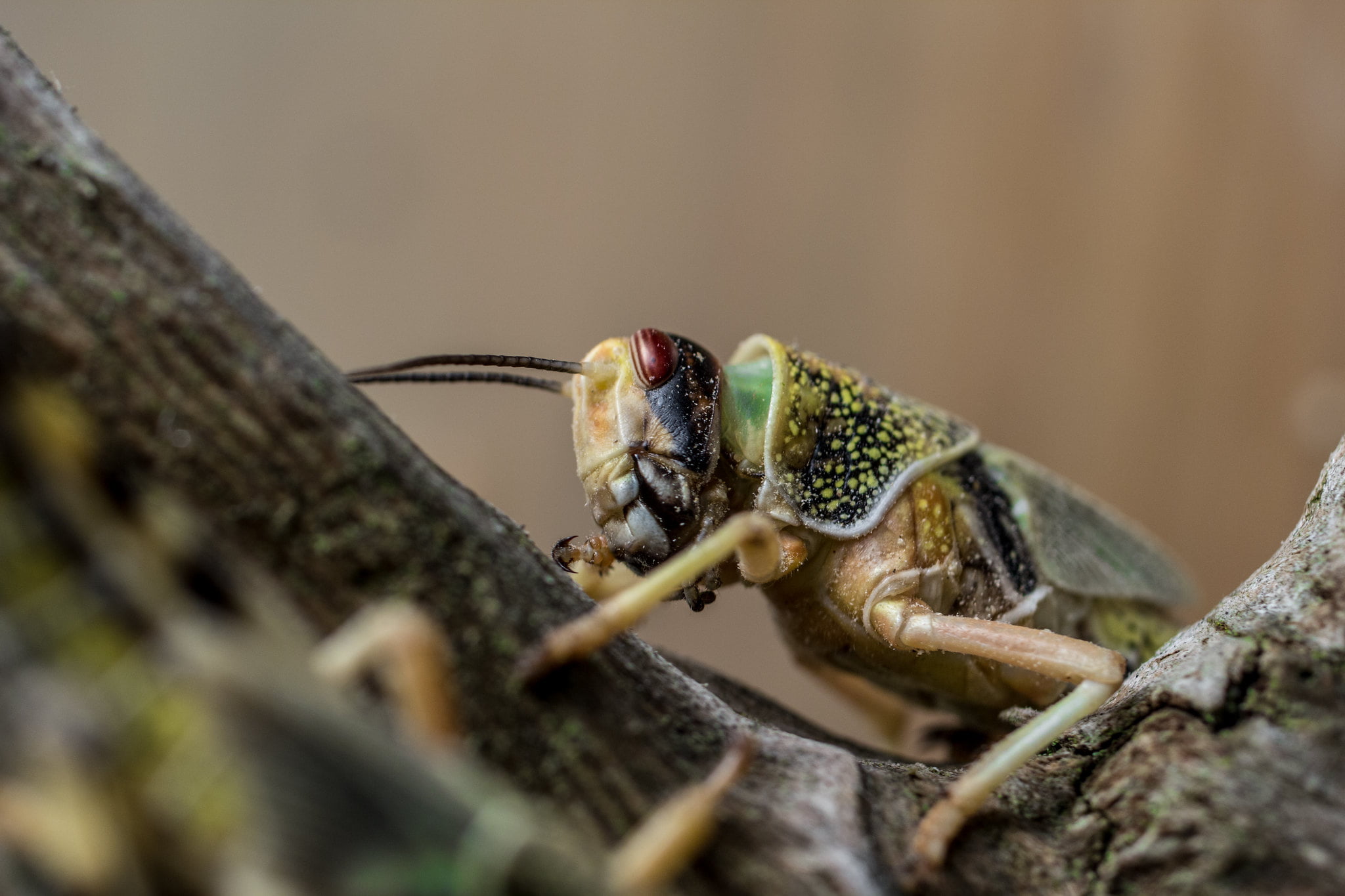Massive swarms of desert locusts are devouring their way through East Africa and have just made landfall in South Sudan, the country’s agriculture minister announced on Tuesday, sparking fears of a severe food crisis in a country where nearly 60 percent of the population already faces food insecurity.
The UN’s Food and Agriculture Organization (FAO) says that right now, the pest invasion in the region is an “upsurge,” but if it isn’t controlled and spreads, it’ll become a literal “plague” of locusts, which can take years to control.
“This is not the first time the Greater Horn of Africa has seen locust upsurges approach this scale, but the current situation is the largest in decades,” Qu Dongyu, the FAO’s director-general, and Mark Lowcock, the UN under-secretary-general for Humanitarian Affairs and Emergency Relief Coordinator, wrote in an op-ed for the Guardian last week.
Before reaching South Sudan, the infestation hit eight other countries in the region (Ethiopia, Somalia, Kenya, Djibouti, Eritrea, Sudan, Tanzania and Uganda), destroying crops, pastures for livestock and other vegetation. It’s reportedly the worst locust outbreak Kenya has seen in 70 years, and the worst in 25 years for Ethiopia and Somalia. It’s South Sudan’s first locust invasion in 70 years.
According to the UN, desert locusts are the world’s oldest and most destructive migratory pest.


They can travel up to 150 km (93 miles) in a day, eating their weight in food. In northeast Kenya, the UN reported spotting a swarm that was three times the size of New York City (2,400 km). On average, a swarm that size containing about 96 billion locusts can consume enough food in one day to feed 90 million people.
An FAO representative told AFP that so far, 2,000 locusts have been spotted in South Sudan. Since gaining its independence in 2011, South Sudan’s resilience has been battered by relentless civil war, drought and flooding. As a result, nearly 1.5 million people have been displaced from their homes and live in temporary camps with basic shelter and limited, if any, sanitation. Even before the locusts arrived, UNICEF projected that 1.3 million children under age five will suffer from acute malnutrition this year in South Sudan.
“A swarm of locusts could be the straw that breaks the camel’s back,” Save the Children’s Country Director in South Sudan, Rama Hansraj, said in a press release.
The locusts entered Africa late last year from the Middle East, where Yemen, Oman, Saudi Arabia and Pakistan are battling their own infestations. Normally, the pests are solitary brown grasshoppers, but when the conditions are right (usually after heavy rains and cyclones), they form swarms, turn bright yellow and go on a “sex and eating binge,” as NPR’s Eyder Peralta described it. During its three-month life cycle, a locust swarm can lay enough eggs to breed a new generation up to 20 times larger than the previous one.
In their op-ed Dongyu and Lowcock linked the current upsurge to climate change, as it follows usually heavy rains last autumn – one of the wettest rainy seasons in the region in four decades – and an increase in frequency in cyclones in the Indian Ocean.
“Warmer seas mean more cyclones, generating the perfect breeding conditions for locusts,” they wrote.
The outbreak is expected to continue until June. But the FAO says that if it’s not brought under control by the beginning of March, when rain and planting season begins, the locust numbers in East Africa could increase 500 times by June. That’s why Dongyu and Lowcock are urging immediate action to avoid a “full-blown catastrophe.”
In Kenya, the BBC reported on Tuesday that the outbreak is “under control,” according to the country’s agricultural minister, as they’re spraying pesticides from aircrafts. Meanwhile, Uganda has deployed soldiers to do the same, Ethiopia has called for “immediate action” and Somalia has declared a state of emergency. South Sudan’s Agriculture Minister Onyoti Adigo Nyikuac told AFP that the government is training people to spray pesticides, but their limited resources are an issue.
“We need chemicals for spraying and also sprayers. You will also need cars to move while spraying and then later if it becomes worse, we will need aircraft,” he said.
The UN has launched a $76 million appeal to control their spread, but as of February 10, only $20 million has been raised.
“We call on the international community to respond with speed and generosity to control the infestation while we still have the chance,” wrote Dongyu and Lowcock.
